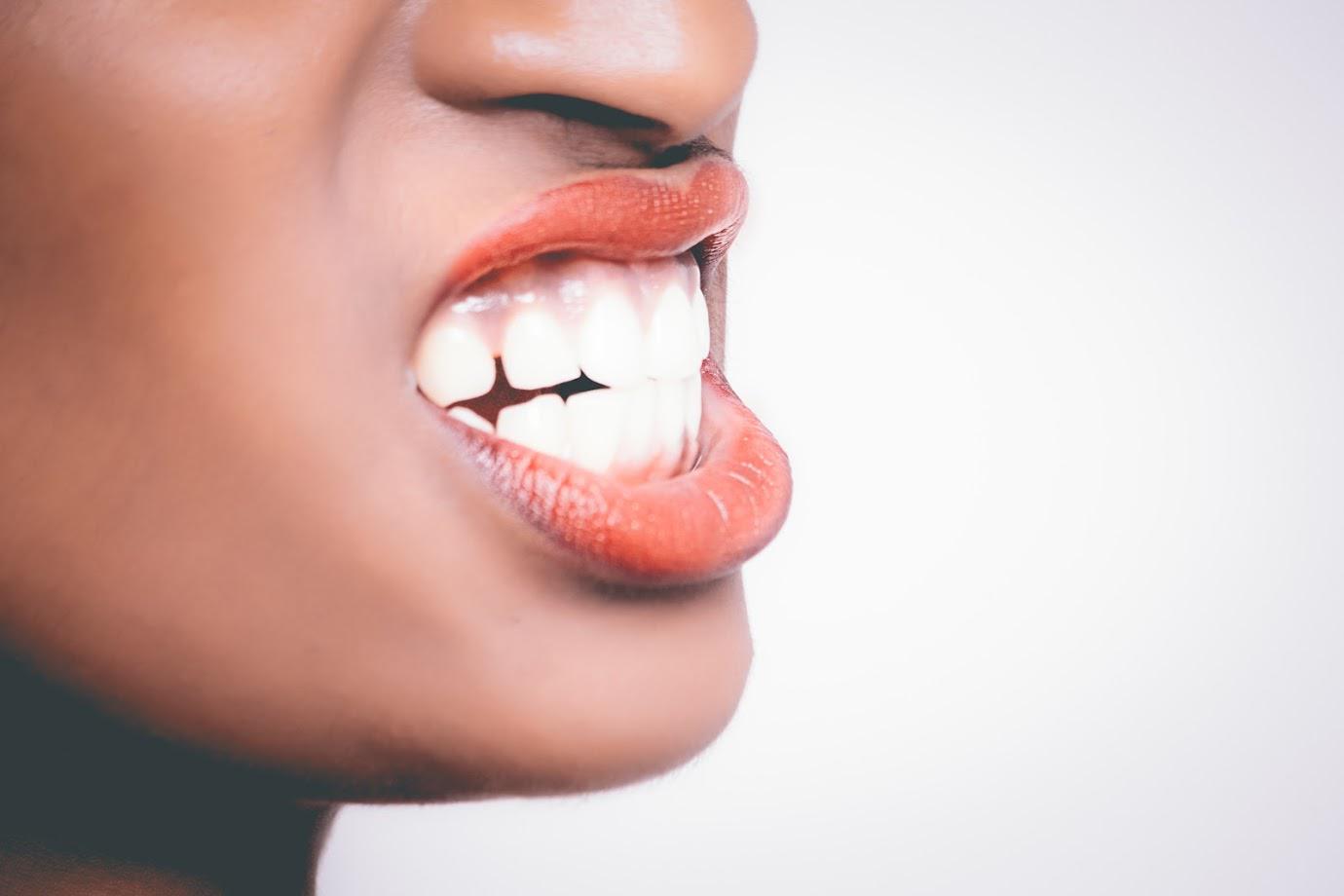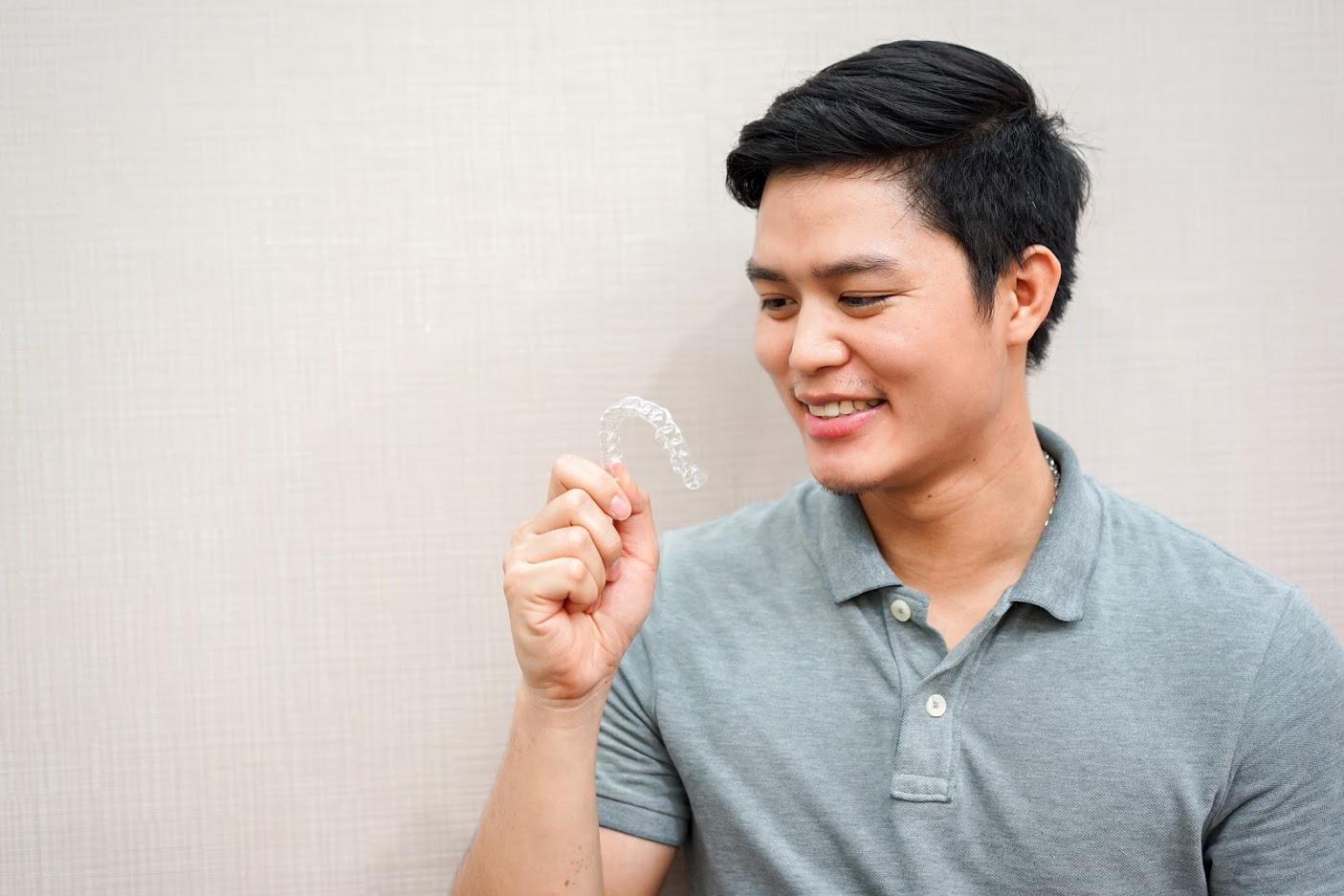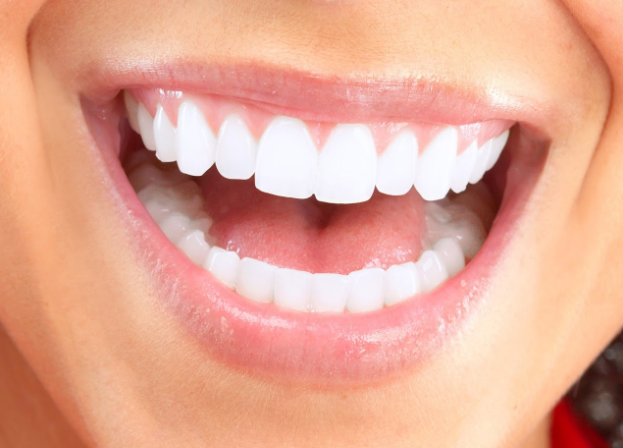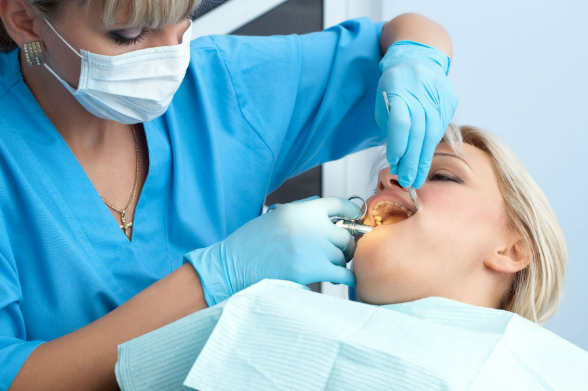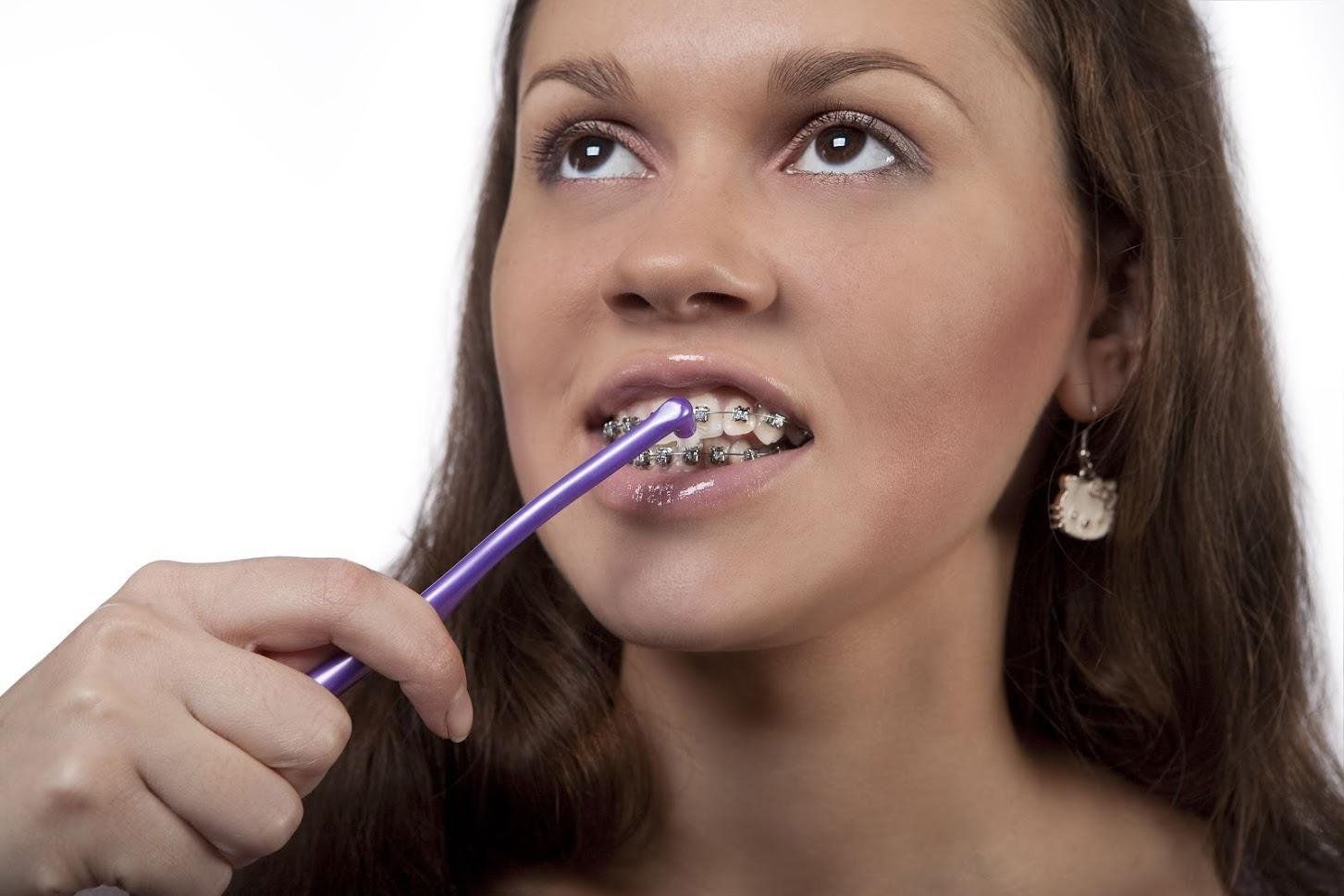Braces, Winter Sports, and How to Keep Your Child's Mouth Safe
- By Admin
- •
- 10 Jan, 2020

How can your child protect their braces during winter sports? Whether your teen skis, skates, sleds, or enjoys another outdoor activity, take a look at how they can keep their teeth safe for the season.
Learn About Mouthguards
Why should your child wear a mouthguard during winter sports play? Even though children and teens often find these dental devices uncomfortable, a mouthguard can:
Protect your child's braces. Brackets and metal wires are strong. But this doesn't mean a sharp impact during a skiing or skating accident won't cause serious damage. A mouthguard protects your child's orthodontic devices from cracks, breaks, dents, and other similar issues.
Protect your child's teeth. Your child's braces require protection — and so do their teeth. Like with braces, an impact to the face or mouth can cause teeth to break, crack, or chip.
Protect your child's bite. A traumatic injury to the mouth can undo some, or all, of what your child's braces have already done — especially if the impact knocks a tooth out or moves the teeth from their current positions.
Now that you know what a mouthguard can do, which one should you choose? Read on for more information on winter sports and mouthguard choices.
Choose a Mouthguard
How can you find the just-right mouthguard product for your child? If you're not sure where to start, learn about the most common types of guards. These include:
Stock mouthguards. A stock mouthguard is a standard device that comes in general sizes. While these guards are inexpensive and easy to find, they're often bulky, uncomfortable, and may not provide a high level of protection for a child in braces.
Boil and bite mouthguards. These are the next step up from a stock mouthguard. Like the stock version, these are often inexpensive and easy to find. While they do come in different sizes, you boil the guard so that it form-fits your child's mouth.
Custom mouthguards. These guards require a professional fitting and are made to mold exactly to your child's mouth. While these are the most expensive of guard types, they often provide the best protection against injuries.
According to the Academy for Sports Dentistry, a mouthguard should cover the teeth, arch, and surrounding mouth tissues. If the first guard your child chooses doesn't fit correctly, try another one. It's important the device doesn't move, gap, or feel uncomfortable. Not only will a poorly-fitted guard increase the risk of injury, but it's unlikely your child will wear it.
Wear the Mouthguard
Provided your child's mouthguard fits properly, how can you encourage them to wear it while skiing, skating, or during another winter-time sports activity? If your child resists:
Discuss the consequences. You know what can happen to your child's braces, teeth, and bite if they don't wear a mouthguard. But does your child understand the consequences? Talk openly and honestly about the possible injuries as they relate to the specific sport.
Talk to the orthodontist. If your child doesn't believe you, the orthodontist may have a greater impact. The professional can explain the risks to your child or teen and help them to find the best mouthguard for their winter sport.
Try a new mouthguard. It's possible the mouthguard doesn't fit correctly or is just uncomfortable. If one doesn't feel just-right, try a different one. Again, the best option for winter sports play is to choose a custom-fit model.
Your child should wear their mouthguard during all winter sports and activities — and not just during competitive play. This includes ice skating with friends, sledding at a park, skiing on a family vacation, or any other cold-weather adventure.
Does your child need braces? Contact Donald E. Snyder Orthodontics for more information.


